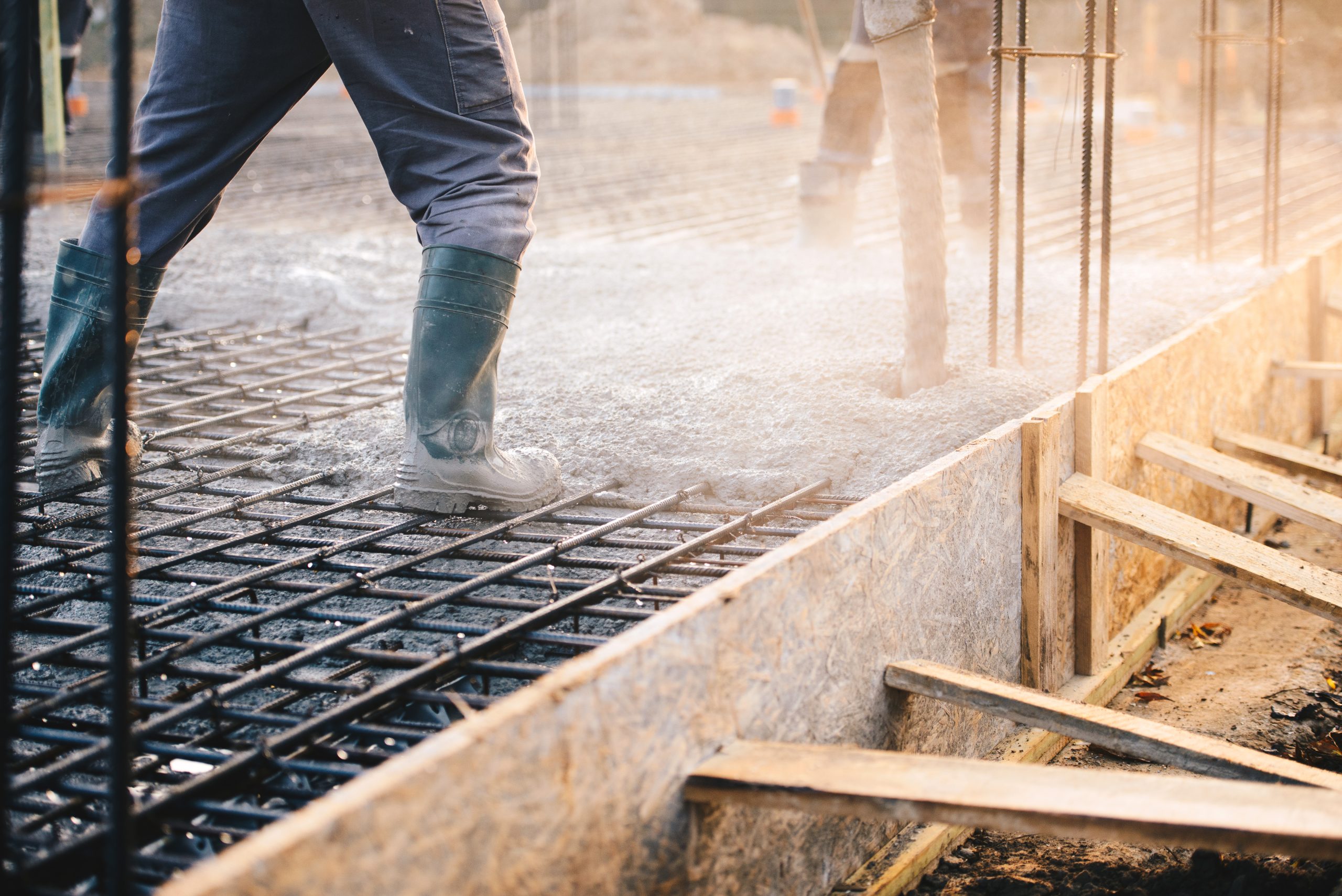concrete air entraining agent AE369
product 240
- Solid content35%
- Place of OriginChina
- StandardsEU, USA, CN
- Price$3000/T
Detailed product parameters
1. Core Performance Features
- Controlled Air Entrainment
- Generates 5–8% stable, uniformly distributed air bubbles (typical dosage: 0.01–0.1% by cement weight).
- Bubble size: 10–300 μm, optimized to resist coalescence during mixing and placement.
- Freeze-Thaw Resistance
- Creates air-void spacing factor <0.2 mm (critical for mitigating ice expansion pressure).
- Achieves >300 freeze-thaw cycles (ASTM C666 Grade F300), essential for cold climates (e.g., highway pavements in Nordic regions).
- Improved Workability
- Reduces slump loss and friction between particles, enhancing pumpability and finishability.
- Maintains cohesion in low-water-content mixes (e.g., high-strength concrete).
- Durability Enhancement
- Reduces bleeding and segregation, minimizing surface scaling and cracking.
- Lowers permeability by creating discontinuous capillary pores.
2. Key Characteristics
- Chemical Composition
- Common types: Sulfonated lignins, synthetic surfactants (e.g., alkyl ether sulfates), or natural resins (e.g., Vinsol resin).
- Function: Lower surface tension at the air-water interface to stabilize bubbles.
- Bubble Stability
- Bubbles remain intact during mixing, transportation, and vibration due to robust interfacial films.
- Resists collapse under high-pressure pumping or prolonged agitation.
- Compatibility with Other Admixtures
- Synergizes with superplasticizers (e.g., polycarboxylate ethers) without compromising air content.
- May require dosage adjustments when used with accelerators or retarders.
3. Advantages
- Critical for Harsh Environments: Extends service life of concrete exposed to deicing salts or seawater.
- Cost-Effective: Minimal dosage (0.005–0.05% by cement weight) delivers significant durability improvements.
- Versatility: Suitable for ordinary and high-performance concrete (e.g., bridges, dams, airport runways).
4. Challenges and Mitigation
| Issue | Cause | Solution |
|---|---|---|
| Excessive air content | Overdosing or improper mixing | Optimize dosage via trial mixes; use automated dosing systems. |
| Strength reduction | High air content (>8%) lowers compressive strength | Balance air content with strength requirements (e.g., limit to 5–6% for structural concrete). |
| Incompatibility with some cements | High alkali or C₃A content in cement destabilizes bubbles | Use cement with moderate alkali levels; select AEA type (e.g., synthetic surfactants for high-C₃A cements). |
5. Applications
- Cold-Weather Concrete: Roads, bridges, and parking garages in freeze-thaw-prone regions.
- Marine Structures: Ports, offshore platforms (resists chloride ingress).
- Decorative Concrete: Improves surface finish and reduces plastic shrinkage cracks.
RELATED PRODUCTS
Switch more- VIEW
Polycarboxylic acid water reducer for concrete
Low-carbon development environmental protection measures technological innovation initiatives
- VIEW
Concrete viscosity modification agent VMA420
Concrete viscosity modifiers improve the workability of concrete
- VIEW
Concrete pulping agent SE5800
The concrete slurry lifting agent improves the fullness of the slurry
- VIEW
Concrete with PCE-based Multi-functional Additives
improve the workability of concrete
loading…
No more to see
 Fan Qi Technology Co., LTD
Fan Qi Technology Co., LTD

